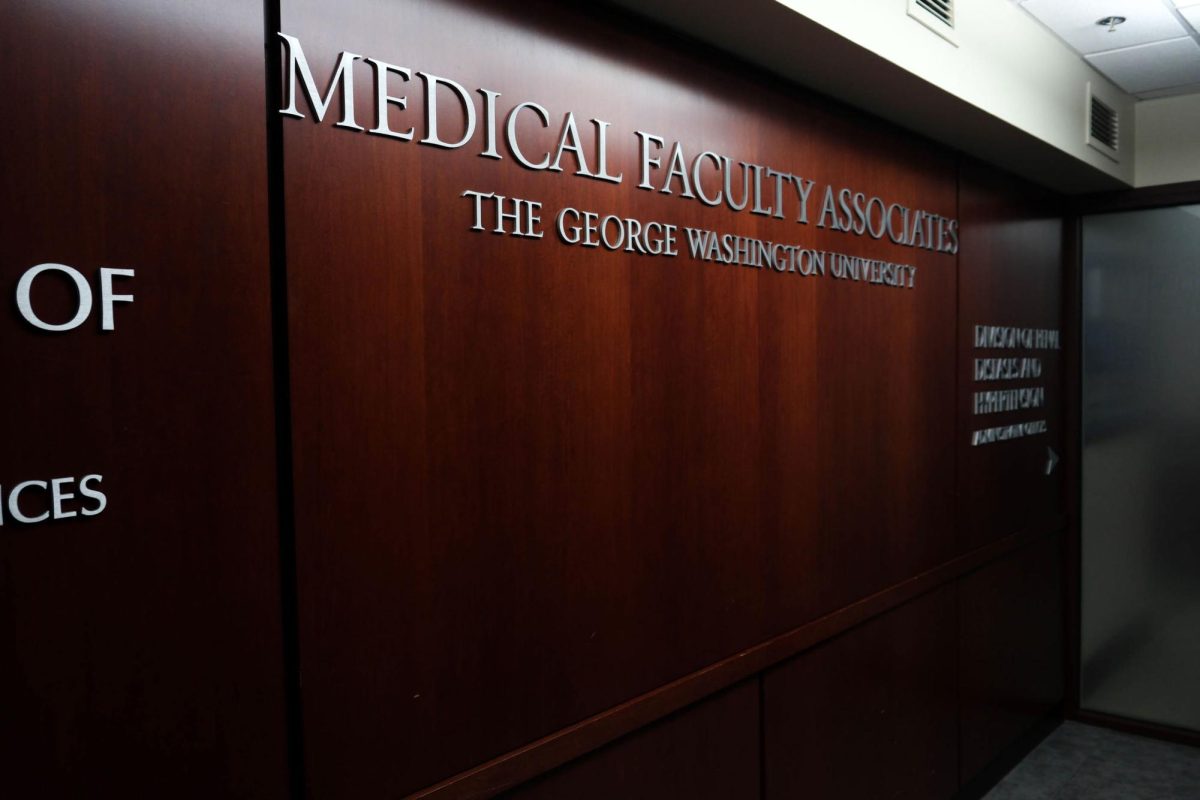As schools across GW look to grow their enrollments, the population in the undergraduate program in the School of Public Health and Health Services – one of GW’s most competitive programs – is held down by a student cap imposed by the Board of Trustees.
Despite pulling in double the number of applicants and planning to open a standalone building next spring, the public health program will not yet look to raise its enrollment ceiling, director Sara Wilensky said.
“There are positives to the size of our program. People very much tend to enjoy the small school within the big school of GW. So, we know all the students, we know them by name, we have one adviser for all our undergraduates,” Wilensky said.
The public health program drew about 60 applications from students looking to major in the school last year, double the number it attracted in its first year in 2003. The school also has a cap of 75 minors, a limit Wilensky said it expects to hit or approach for the first time this year.
It is one of a few schools at GW with enrollment limits – though the entire University operates under a city-regulated enrollment cap – and administrators would have to appeal to the Board of Trustees to remove it.
“In the beginning of the program, we had enough spaces for everyone who was interested because no one had heard of us, and the people weren’t as familiar with the concept of public health,” Wilensky said. Then, she said, public health crises like Sept. 11, global warming and “food scares” fueled the growth of programs at GW and nationwide.
The school has also raised its ratio of tenure-track faculty from 42 to 74 percent in four years.
But while a larger undergraduate program would mean more tuition dollars for a school that also includes a 871-student graduate program, it would also mean even more spending on faculty and space.
Professors in the public health school teach both undergraduate and graduate courses, which Wilensky said benefits students. The school is trying to cushion its budget with more outside research money and fundraising, she said. It already pulls in the most research dollars at GW.
The school’s funding process is bogged down by a budget model that prevents schools like SPHHS from accepting double majors, because it would need to share that student’s tuition dollars.
Nearly half of each student’s tuition dollars in the school is used for general scholarships and does not flow into the school’s budget.
A $75 million public health school building will add 115,000 square feet and its first centralized home when it opens in spring 2014.
It has already added several introductory class sections to meet the course demands of students like senior Silpa Srinivasulu, who said the program’s smallness complicated her path to graduation because there have been too few class offerings.
“They really do need a bigger curriculum and faculty,” she said, adding that particularly after the move, the school will need to expand its lineup of courses.
Wilensky said the school could consider growing the undergraduate program once it moves into the new building, but that it would not happen immediately.
“When you’re working with graduates and undergraduates, that’s a lot of balls in the air in terms of what [money is] coming in, what kind of space needs do you have, what are the priorities in terms of growth,” Wilensky said. “It’s not on the table as a moment, but it’s not as a program director something I would push at the moment either until we can get settled.”
Junior Marley Rashad said the program’s small size was a strength, though she added that it should consider adding more electives.
“I would like to keep the school small. It is a very different experience from the one in the Columbian College or other schools, and I like the exclusiveness of it,” she said.
Cory Weinberg contributed to this report.




